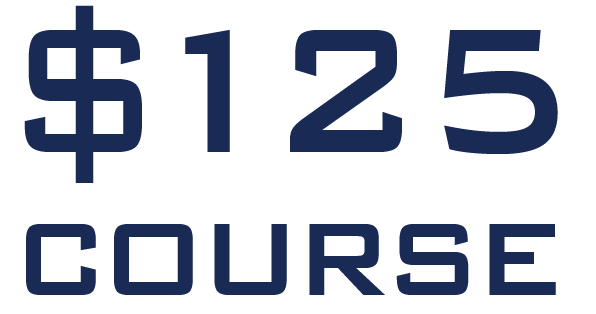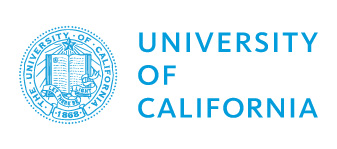Honors Geometry
Honors Geometry represents an advanced high school mathematics course emphasizing formal proofs, exploratory problem-solving, and practical applications demonstrating geometry’s relevance in everyday life and future academic pursuits.
1. Defining Honors Geometry
Geometry Honors distinguishes itself through accelerated pacing, emphasis on logical reasoning, and deeper conceptual mastery than standard geometry courses.
1.1 Depth and Rigor
Honors Geometry students tackle significantly more challenging problems requiring multi-step proofs and complex spatial reasoning. The course prioritizes conceptual understanding over rote memorization, expected students identify why geometric concepts exist rather than simply recognizing them. Students analyze non-routine problems demanding creative approaches and sophisticated mathematical thinking beyond standard curriculum objectives.
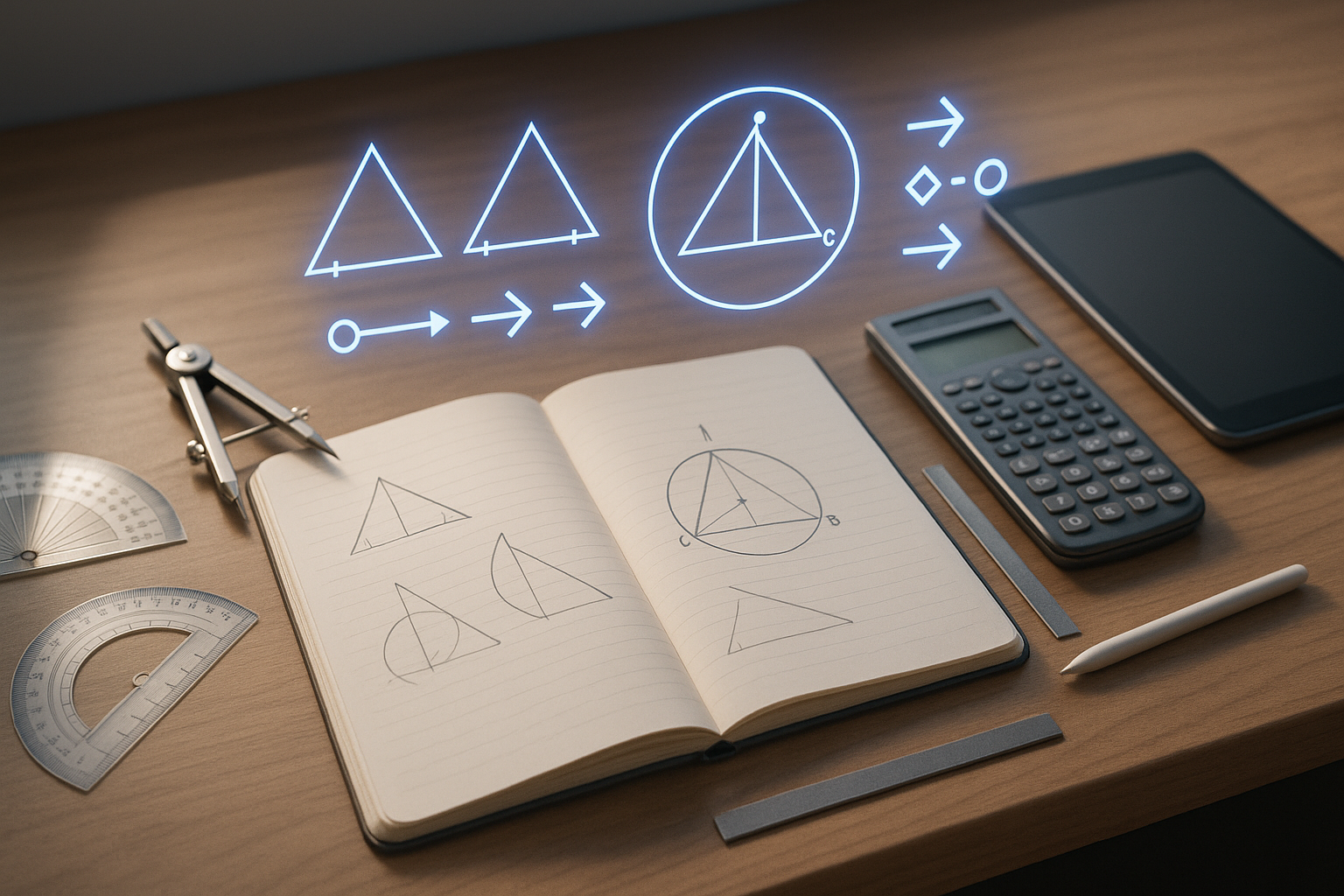
2. Core Curriculum and Key Topics
Essential units include geometric proofs, congruent triangles, similarity, transformations, trigonometry, and both Euclidean and coordinate geometry systems throughout each semester.
2.1 Geometric Proofs
Students master two-column and paragraph proofs as fundamental tools for mathematical argumentation. Deductive reasoning becomes central to understanding how theorems and postulates build systematically. The course emphasizes constructing logical chains progressing from given information to desired conclusions through justifying claims.
2.2 Transformations and Coordinate Geometry
Transformations including translations, reflections, rotations, and dilations form the foundation for understanding geometric figures algebraically. These concepts apply to computer graphics, architectural design, and artistic composition. Students learn multiple representations of plane figures numerically and manipulate them using coordinate systems and transformation matrices.
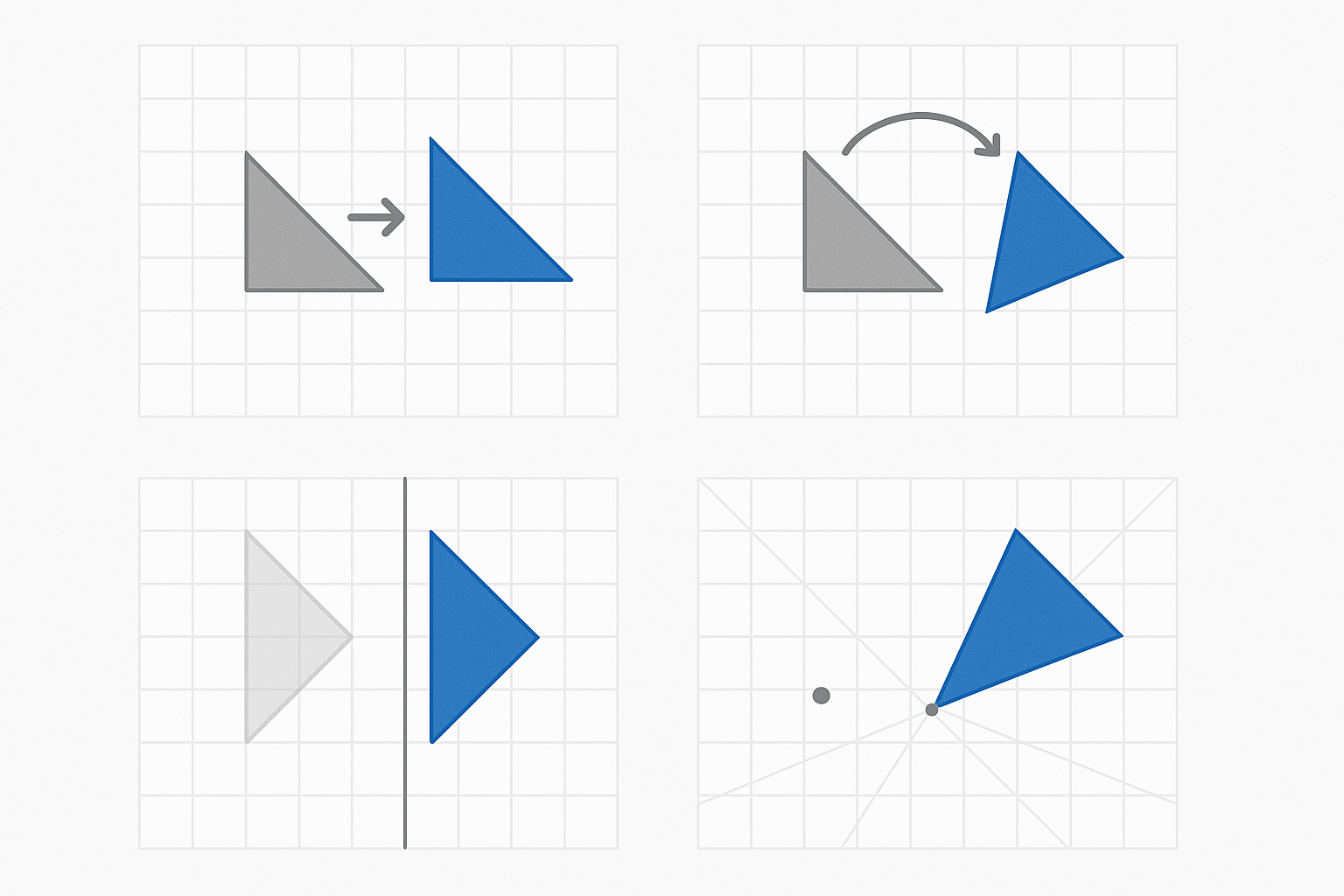
3. Prerequisites and Recommended Skills
Strong Algebra I performance and comfort with fundamental operations provide essential foundations for success in Honors Geometry course material.
4. Honors vs. Regular Geometry
Honors Geometry covers concepts more deeply, moves faster, and assigns more complex problem sets than regular geometry courses.
4.1 Why Choose Honors?
Students pursuing STEM fields benefit from rigorous analytical training that Geometry Honors provides through advanced problem-solving experiences. The course establishes crucial foundation for Pre-Calculus and Calculus by developing abstract reasoning skills. Universities recognize Honors Geometry as demonstrating academic readiness for challenging collegiate mathematics programs.
5. Building Crucial Math and Thinking Skills
Students develop skills in logical reasoning, analytical thinking, and spatial visualization applicable to architectural design and programming logic structures.
5.1 Proof Construction and Logical Argumentation
Proof-writing develops structured thinking patterns essential for computer programming, legal argumentation, and scientific research methodologies. Students learn identifying assumptions, constructing valid arguments, and recognizing logical fallacies. These skills transfer to debate, technical writing, and systematic problem-solving across multiple disciplines.
6. Essential Tools and Resources
Required material includes protractor, compass, straight edge, scientific calculator, while geometry software like GeoGebra and other geometry software enhance visualization capabilities.
7. Real-World Applications
Geometric concepts appear throughout carpentry, engineering, game design, and architecture, students solve problems through geometric thinking daily.
7.1 Career Connections
Data scientists use geometric algorithms for machine learning while civil engineers apply theorems to infrastructure design projects. Architects rely on angles and parallel lines for structural integrity and aesthetic appeal. Video game developers implement transformation matrices for rendering three-dimensional environments and character movements.
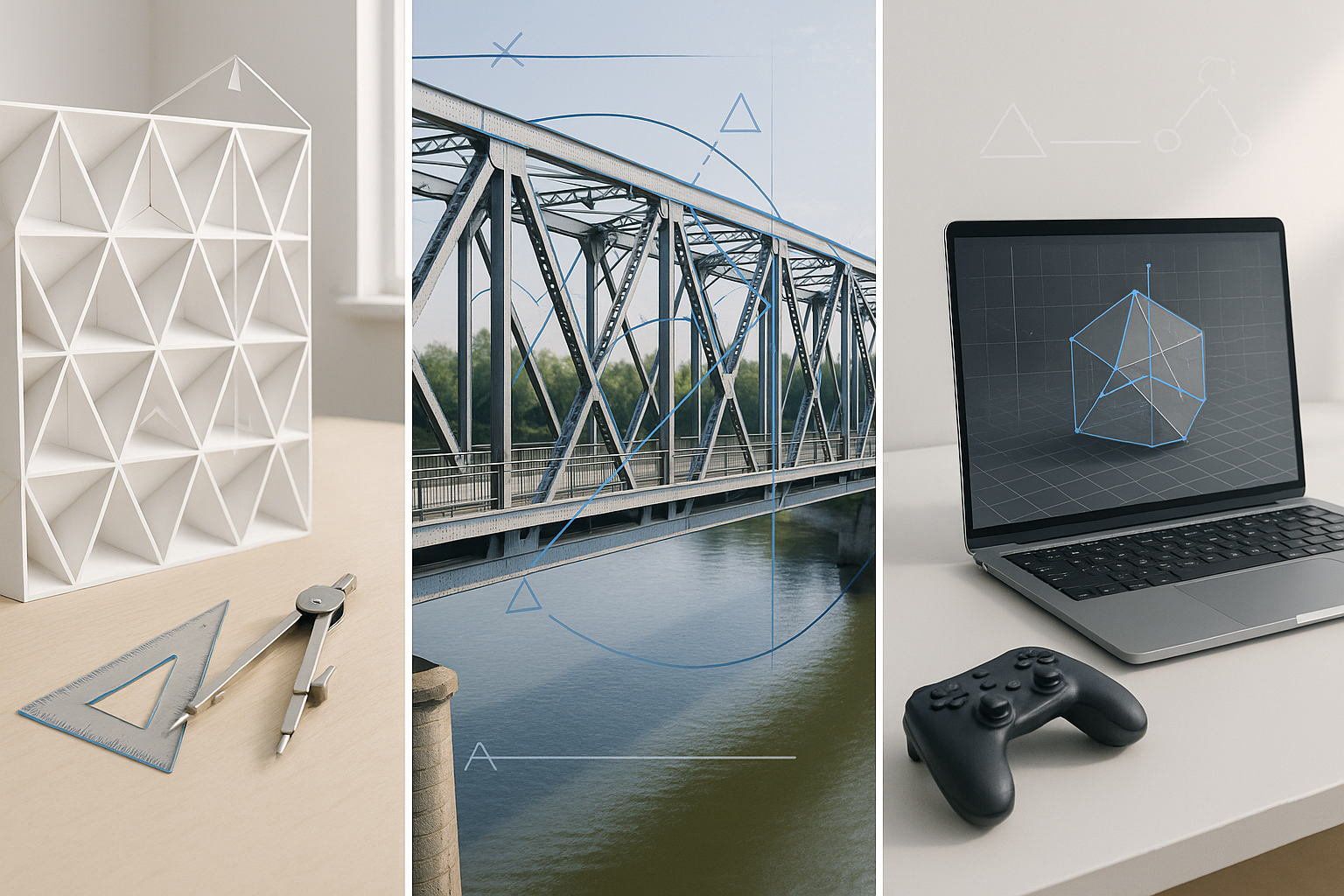
8. Preparing for Future Math Courses
Honors Geometry establishes foundation for Algebra II, Trigonometry, Pre-Calculus, and performs strongly on SAT and ACT examinations.
9. FAQs and Common Concerns
Common concerns include difficulty level, study strategies, and time commitment, addressed through group study and consistent practice habits. See our Frequently asked questions for details.
9.1 Conclusion
Honors Geometry builds essential mathematical knowledge through rigorous proof-based reasoning and practical applications across multiple disciplines. Students embracing challenges discover logical beauty underlying geometric relationships while preparing for advanced mathematics. The course rewards dedication with improved analytical skills applicable throughout academic and professional pursuits.

